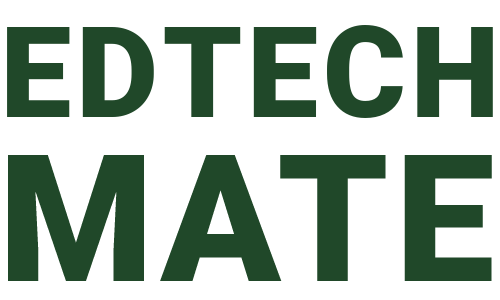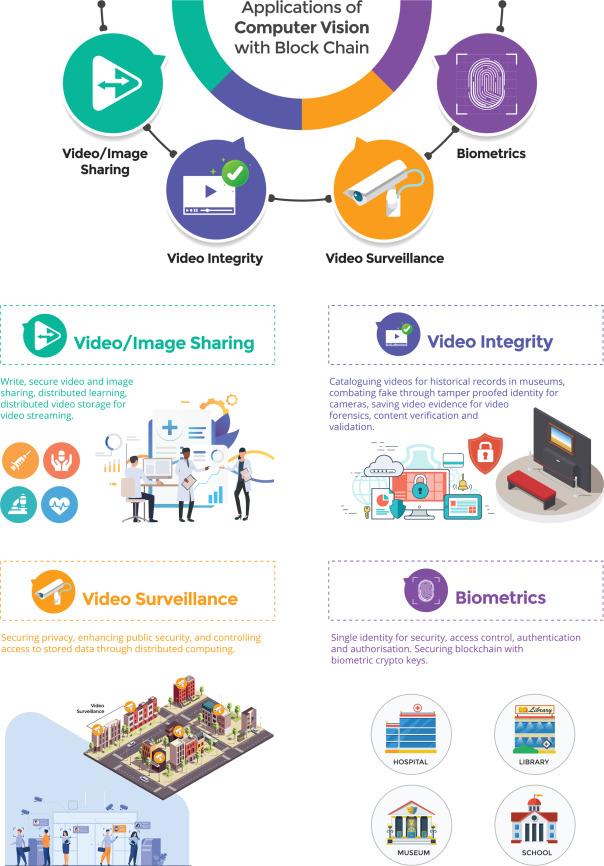How Blockchain Is Revolutionizing Qualification Verification: Secure, Transparent, and Reliable Credentials
Are you tired of elaborate, slow, and sometimes untrustworthy processes for verifying academic or professional qualifications? Blockchain technology is rapidly changing the way we validate and access credentials, offering a new era of security, transparency, and reliability in qualification verification. In this extensive guide, we’ll explore how blockchain is transforming customary certification systems and providing enormous value to educational institutions, employers, and learners worldwide.
What Is Blockchain-Based Qualification Verification?
At its core, blockchain-based qualification verification is the digital, decentralized, and tamper-proof management of educational or professional credentials. By recording qualifications on a distributed ledger, blockchain ensures that every credential is verifiable, secure, and transparent—eliminating the risk of forgery or misrepresentation.
- Security: Credentials are encrypted and stored on multiple nodes, making data breaches virtually impossible.
- transparency: Every transaction and change is visible and auditable by authorized parties, creating trust between all stakeholders.
- Reliability: Credentials are issued from original sources and can be validated anytime, anywhere.
Why Traditional Verification Methods Fall Short
Traditional qualification verification is often slow, expensive, and vulnerable to fraud. Mailing transcripts,manual checks,and paper certificates can take weeks to process. Additionally, forged credentials have become a growing issue, costing companies and institutions both time and credibility.
- Slow processing times and administrative overhead
- High risk of forged documents and credential fraud
- Lack of global standardization
- Poor accessibility for graduates and employers
Key Benefits of Blockchain for Secure Credential Verification
Blockchain offers a range of benefits that directly address the shortcomings of traditional qualification verification systems. Here’s how:
1.Enhanced Security and Fraud Prevention
Every credential issued on a blockchain is cryptographically signed, making it virtually impossible to counterfeit. Once added to the blockchain,records cannot be altered or deleted,providing an immutable audit trail for every verification.
2. immediate and global Verification
Employers, institutions, and individuals can instantly verify credentials anywhere in the world, reducing wait times from weeks to seconds.
3. Privacy and Data Control
Blockchain platforms comply with data privacy regulations by allowing individuals full control over who can see their credentials, sharing only necessary data through encrypted links or digital wallets.
4. cost and Time Efficiency
Automated, self-verifying credentials drastically reduce administrative costs and time spent on manual verification procedures.
5. Trusted Digital Reputation
credentials issued and verified through the blockchain build a holistic, lifelong, and portable digital reputation, supporting seamless career progression or further education.
Real-World Case Studies: blockchain Credentialing in Action
MIT’s Digital Diplomas
The Massachusetts Institute of Technology (MIT) pioneered digital diplomas using the Blockcerts open standard.Graduates receive both a paper and a blockchain-based diploma, empowering them with instant, tamper-proof evidence of their degree that can be verified globally.
Learning Machine & Educational Consortiums
Platforms like Learning Machine (now Hyland Credentials) have partnered with universities around the world, including the University of Melbourne, to deploy blockchain-based certificates. These credentials are accessible,shareable,and instantly verifiable,even years after graduation.
professional Licensing and Corporate Training
Blockchain is increasingly being leveraged by professional licensing bodies and enterprises to certify skills and ongoing training, ensuring that employee qualifications are current and authentic.
How Blockchain Verification Works: The Step-by-Step Process
- Credential Issuance: the accredited institution issues a digital certificate and publishes a hashed version on the blockchain.
- Credential Ownership: The individual receives the credential in a secure digital wallet or portal.
- Employer Verification: Employers or other institutions can scan a QR code or check a verification link, instantly validating the authenticity without intermediaries.
- immutable proof: The blockchain record provides permanent,auditable evidence that cannot be tampered with or revoked without a trace.
Practical Tips for Institutions Implementing Blockchain Credentialing
- Select the Right Blockchain Platform: Choose platforms with proven security and widespread adoption, like Blockcerts, Ethereum, or other permissioned blockchains tailored for education.
- Ensure Regulatory Compliance: Verify that the system complies with data protection laws such as GDPR.
- Engage Stakeholders Early: Train staff, inform students, and coordinate with industry partners for a seamless rollout.
- Simplify User experience: Invest in intuitive digital wallets and verification portals to maximize adoption and ease of use.
- Promote Interoperability: Support open standards for cross-platform compatibility and future scalability.
First-Hand Experience: Voices from the Field
“As a recent graduate, using my digital diploma to apply for jobs was a game-changer. Employers were impressed with the ability to verify my credentials instantly—and it gave me an edge in the interview process.”
– Emily T., Class of 2023
“Blockchain-based credentialing has significantly reduced our administrative load and improved trust with our corporate partners. No more chasing down paper verifications!”
– Steve M., Registrar at a leading university
Future Trends: What’s Next for Blockchain Credentialing?
- Global Portability: Credentials will become universally accepted, fostering cross-border mobility for education and employment.
- Decentralized Identity (DID): Combining blockchain credentials with DID will give users full sovereignty over their education and work history.
- Integration with Learning platforms: Online courses and micro-credentials will be instantly issued and verifiable on-chain, increasing value for lifelong learners.
- Wider Adoption in Corporate HR: The hiring process will get faster and more reliable,reducing fraudulent claims during recruitment.
Conclusion: Blockchain—A New Standard for Qualification Verification
Blockchain technology is more than a buzzword—it’s a transformative force in qualification verification, empowering students, professionals, and institutions with secure, transparent, and reliable credentials. With its immutable records, ease of global verification, and ubiquitous accessibility, blockchain is setting a new standard for trust in academic and professional documentation.
by adopting blockchain for credential verification, organizations aren’t just combating fraud—they’re paving the way for a future where qualifications are truly assets: portable, authentic, and instantly accessible anytime, anywhere.

